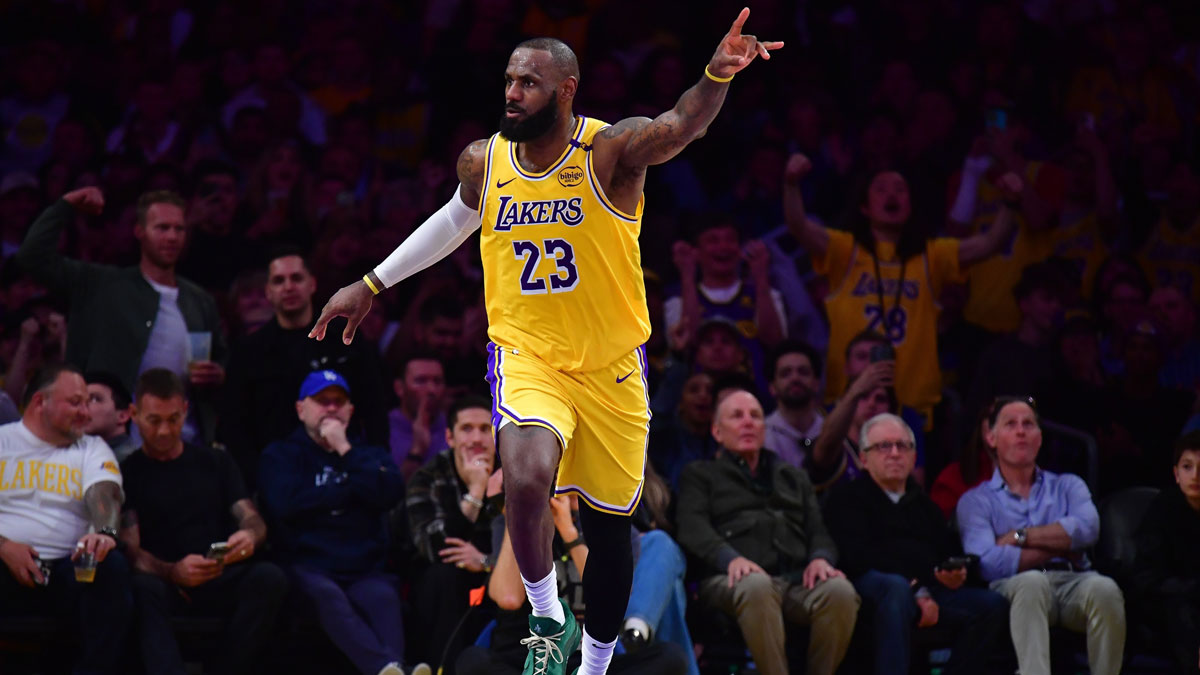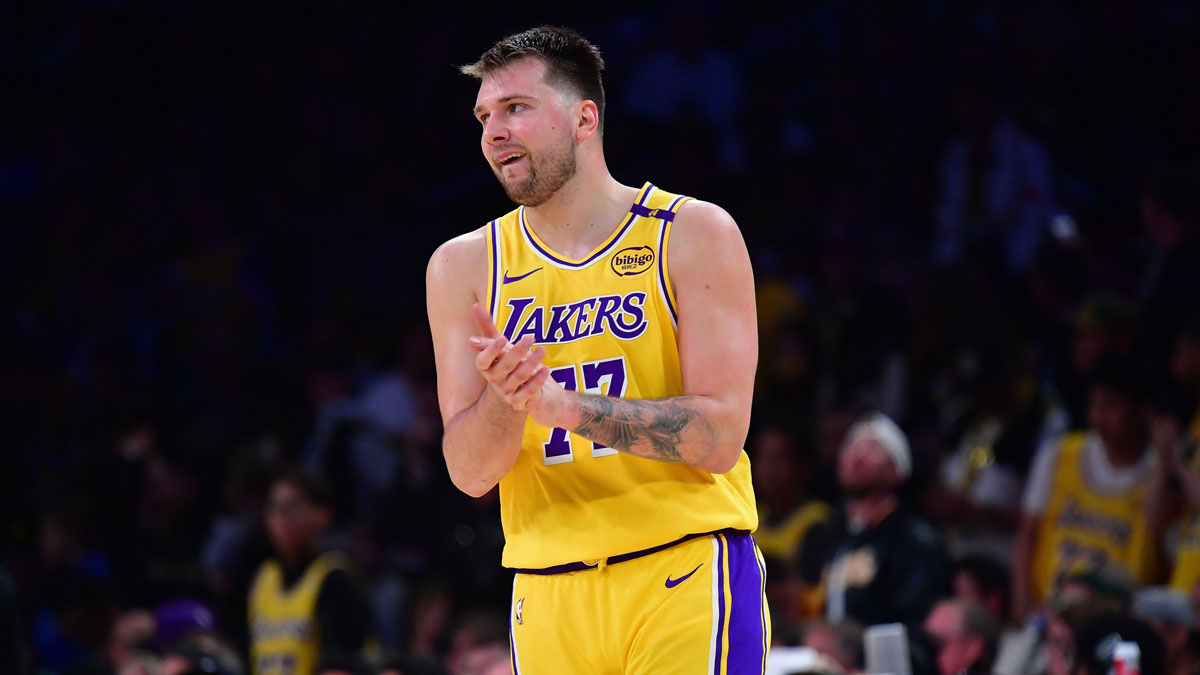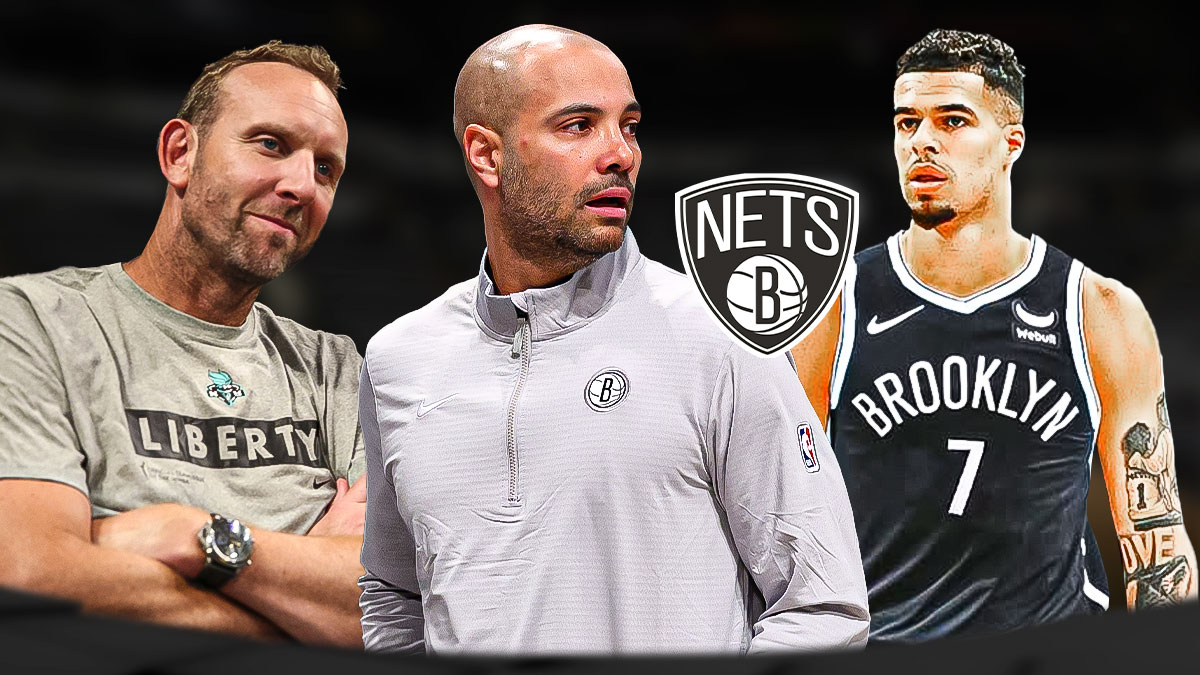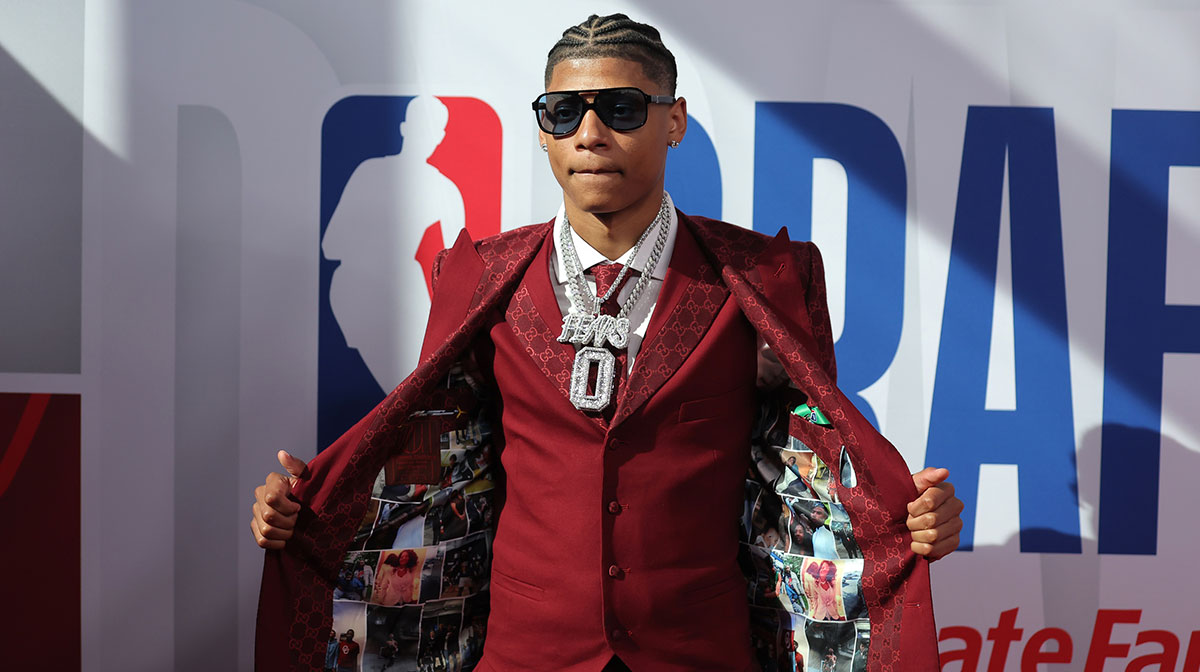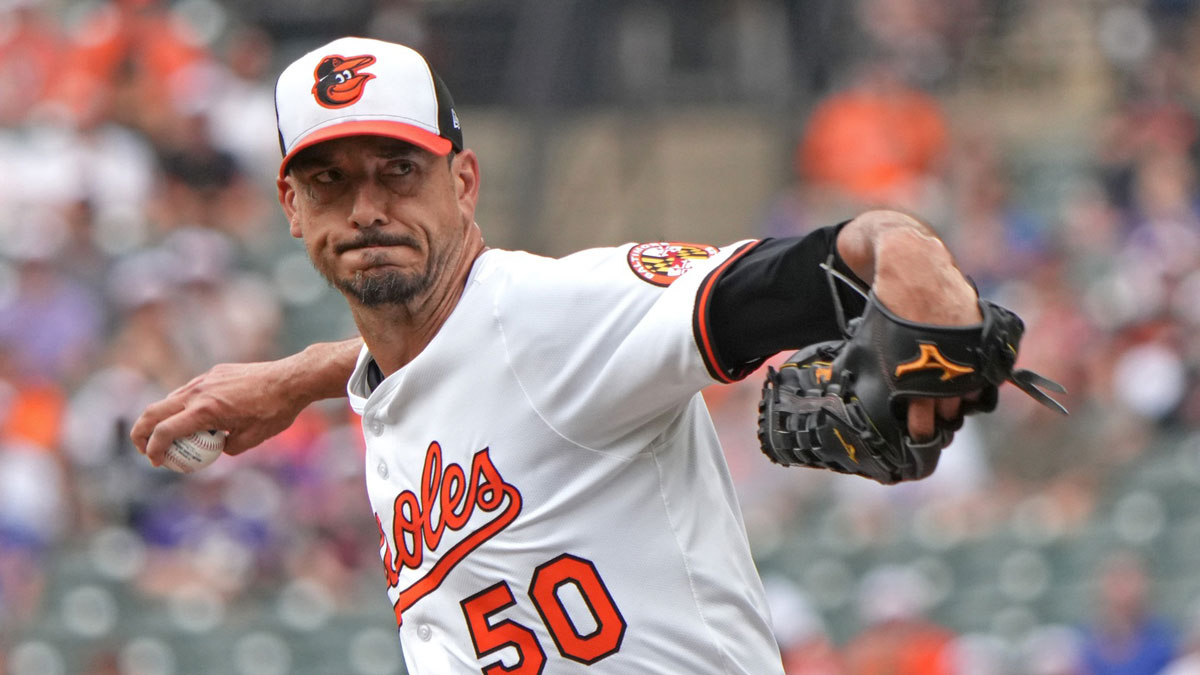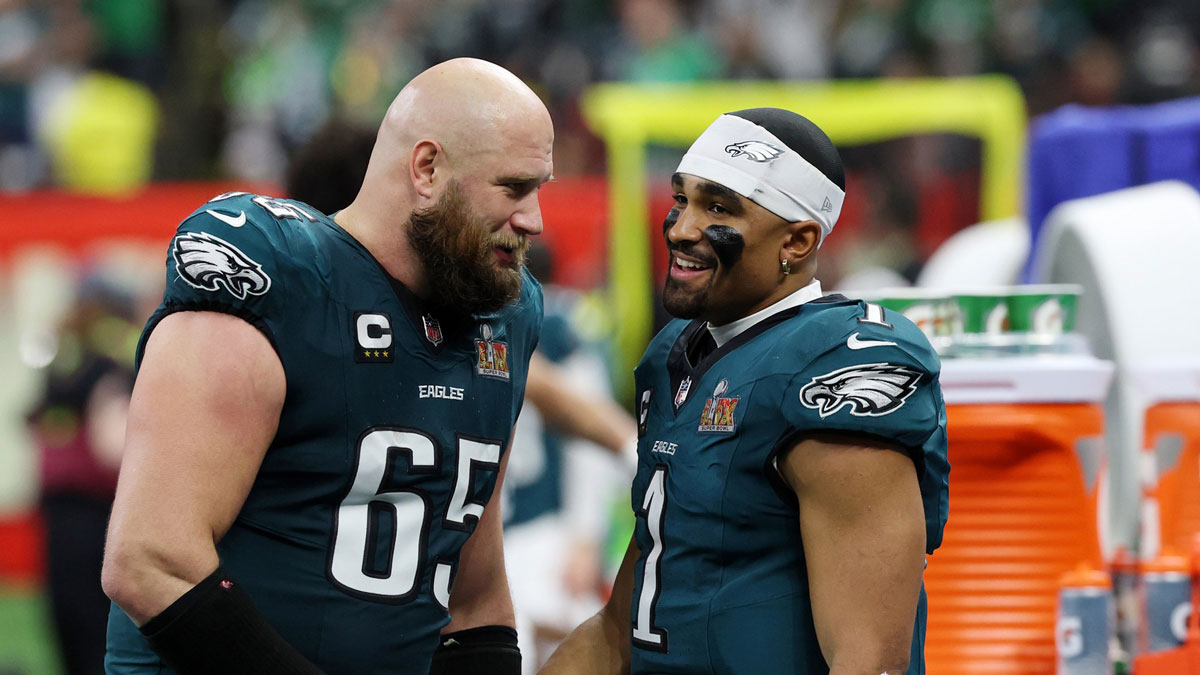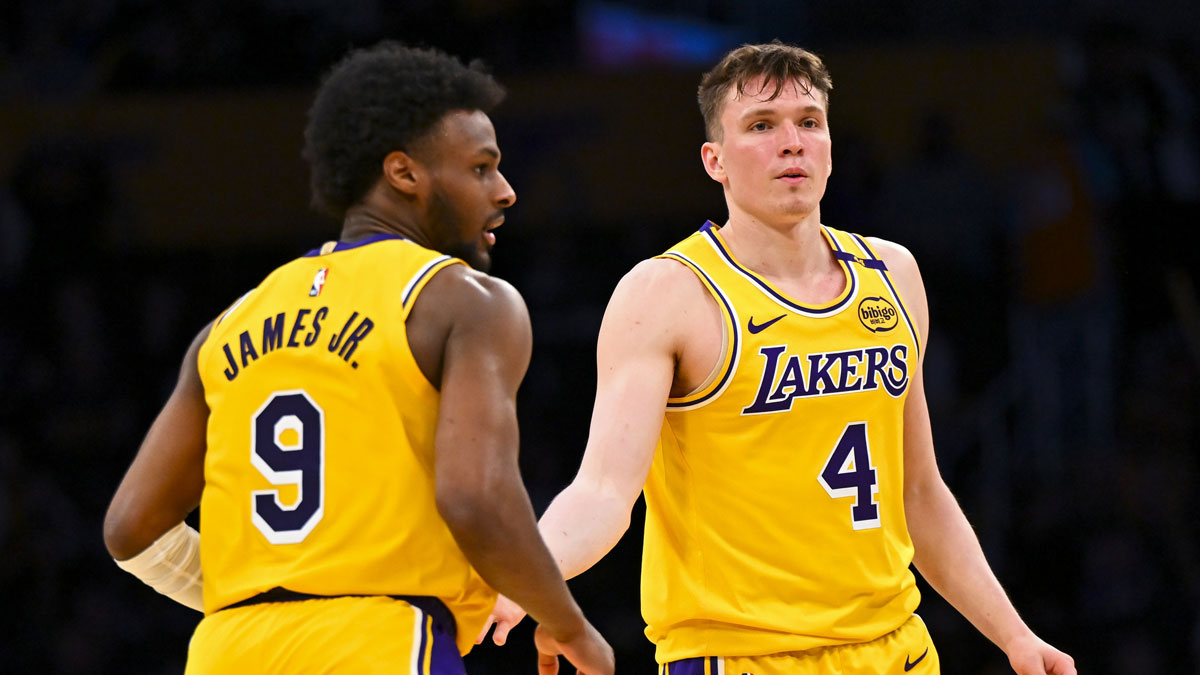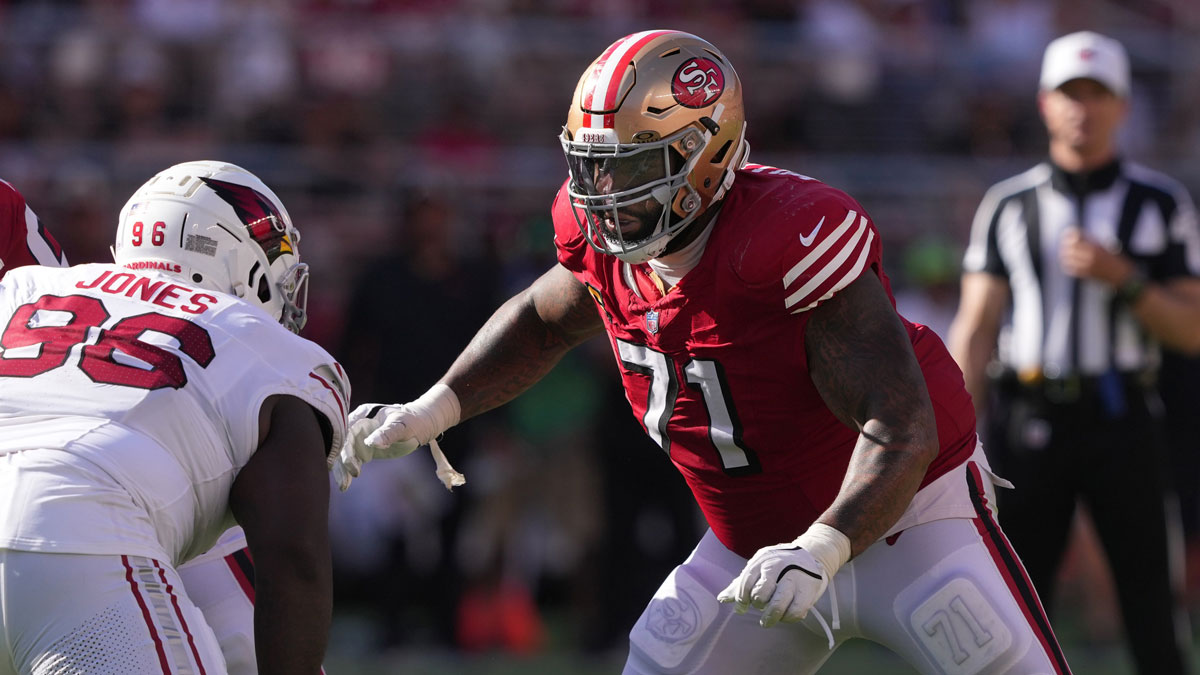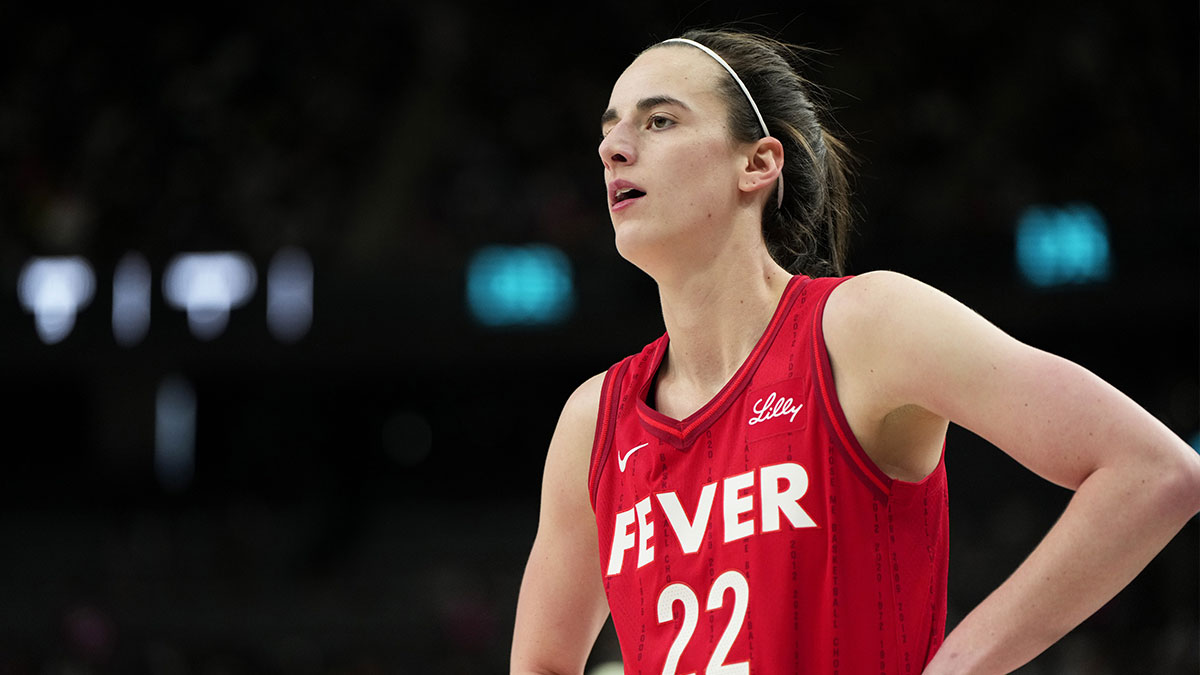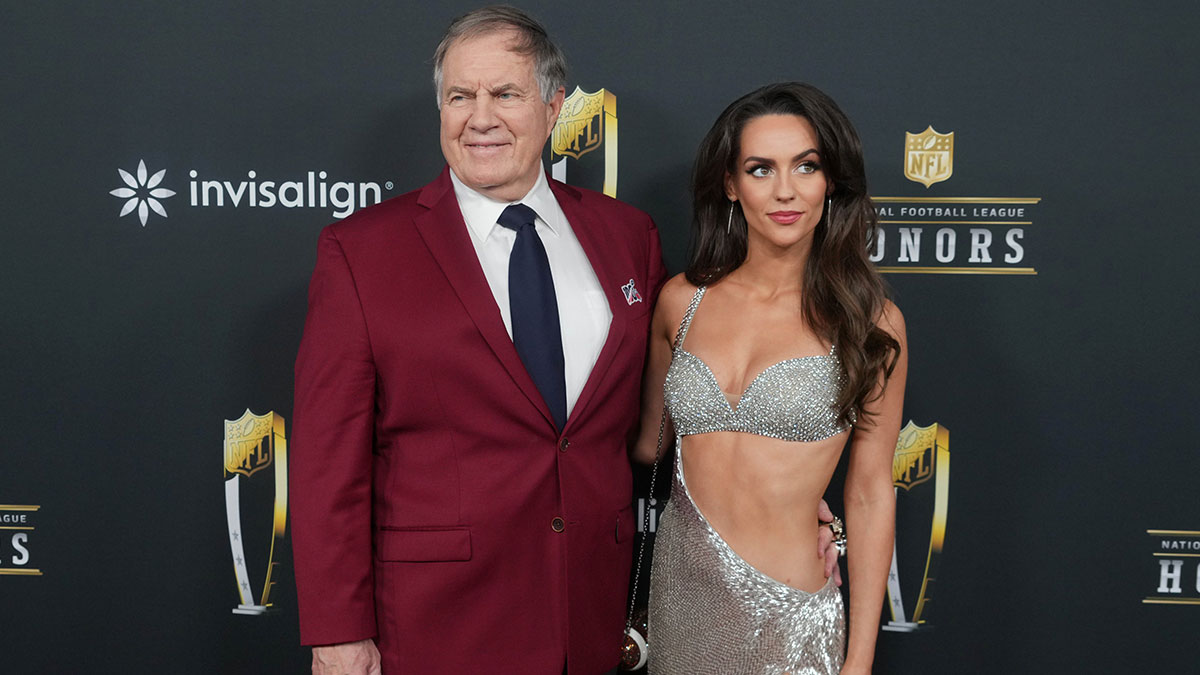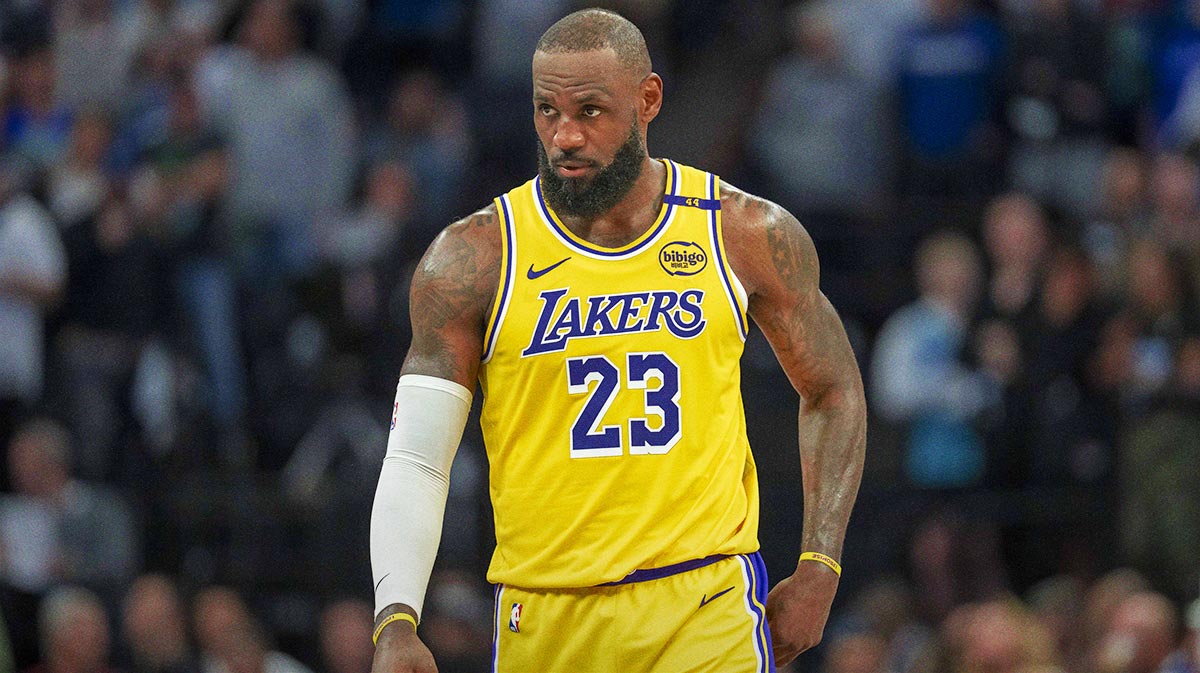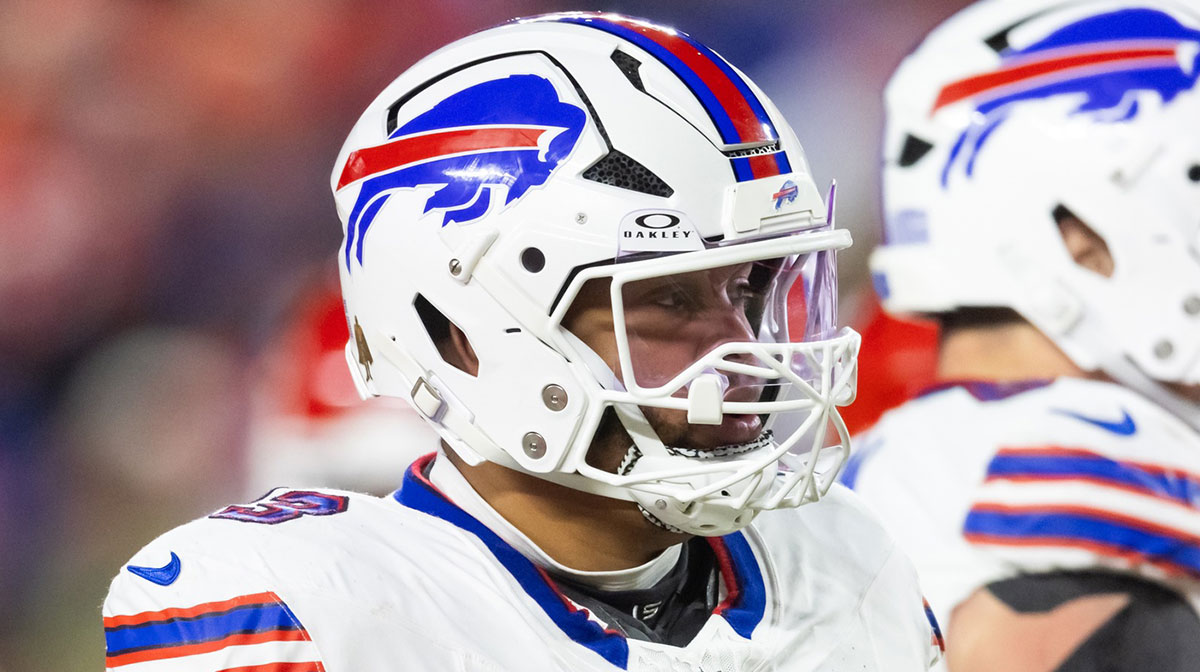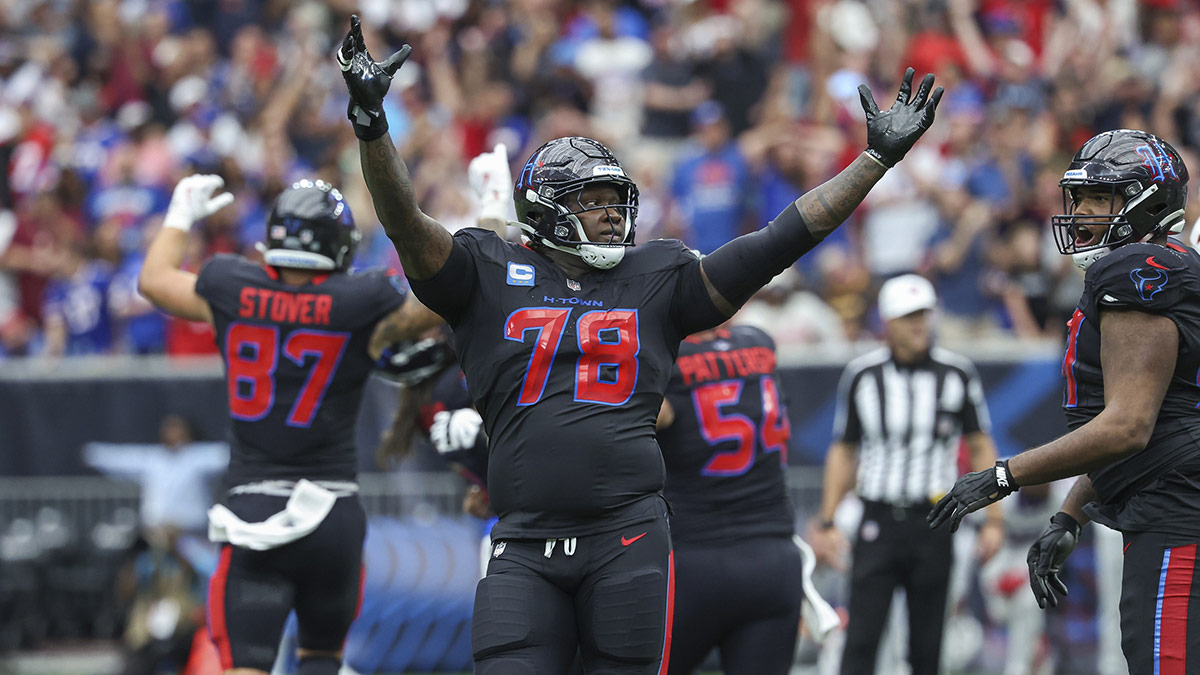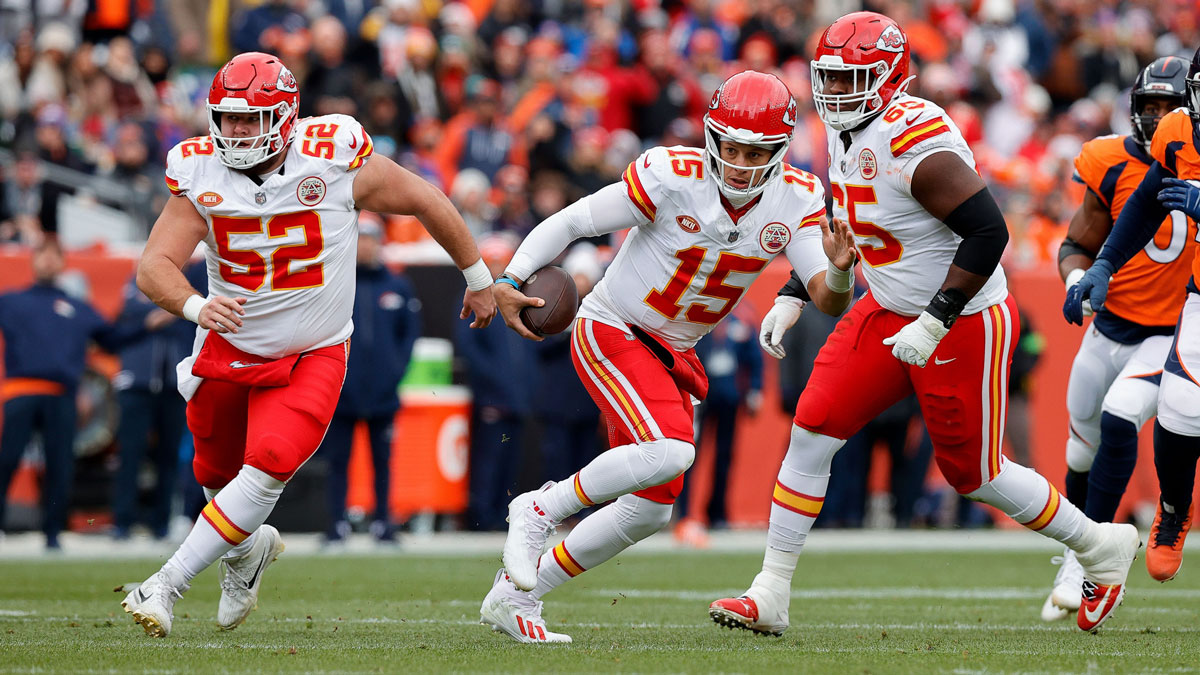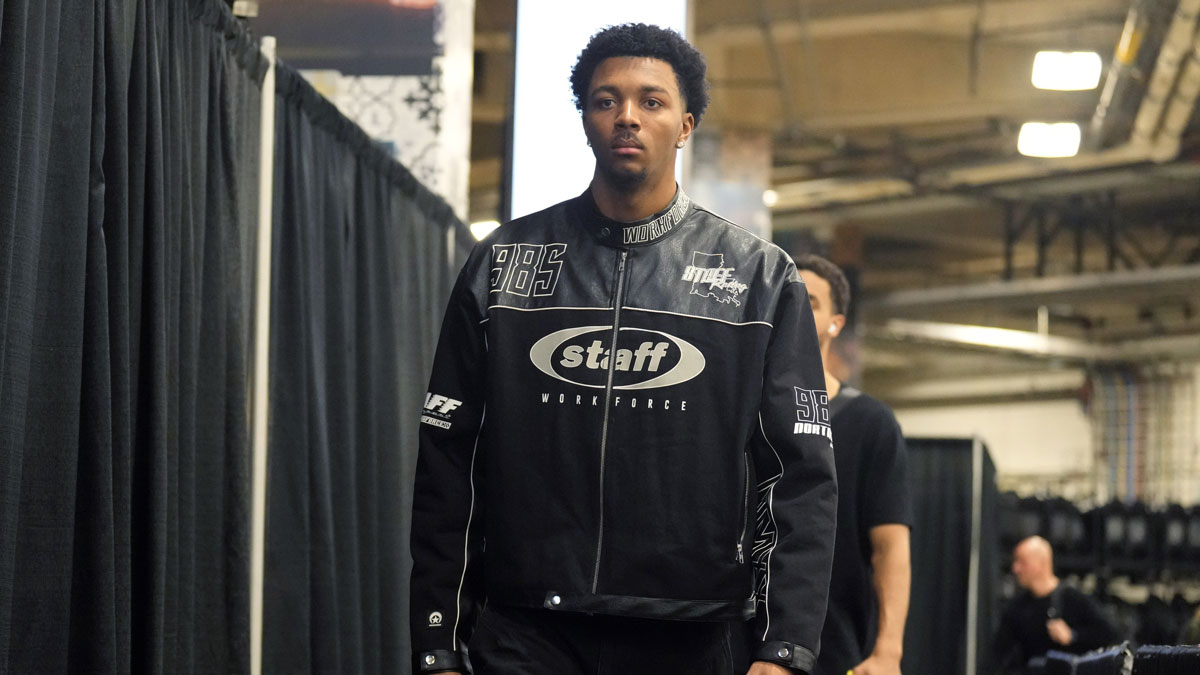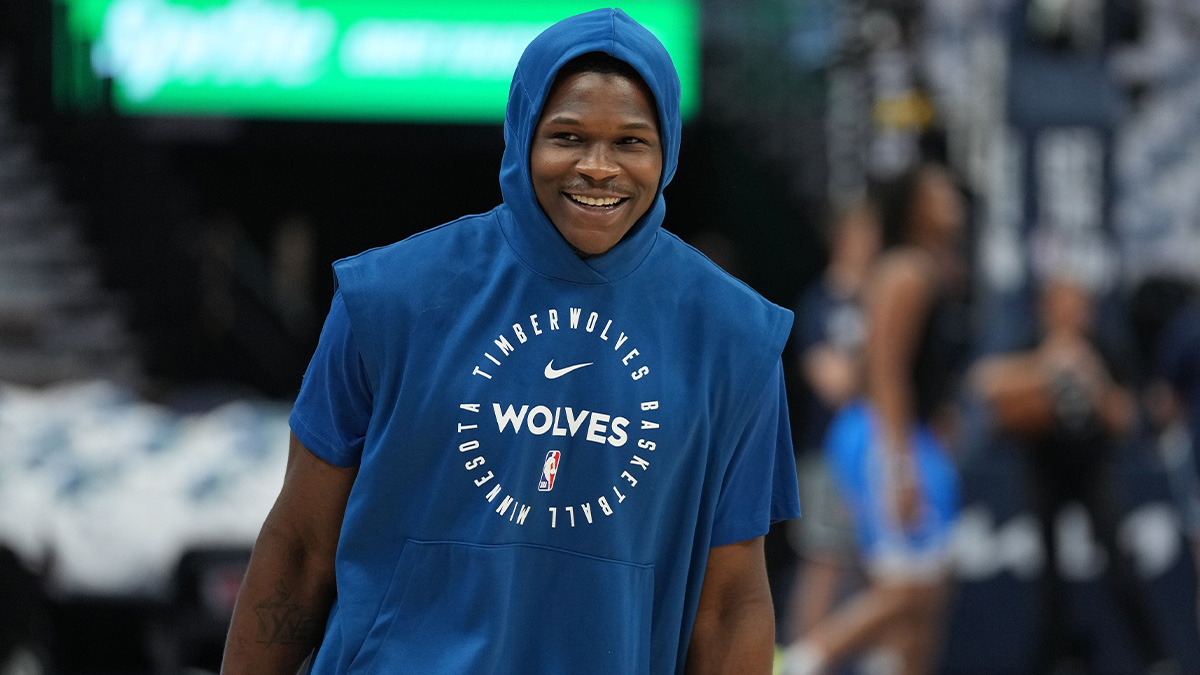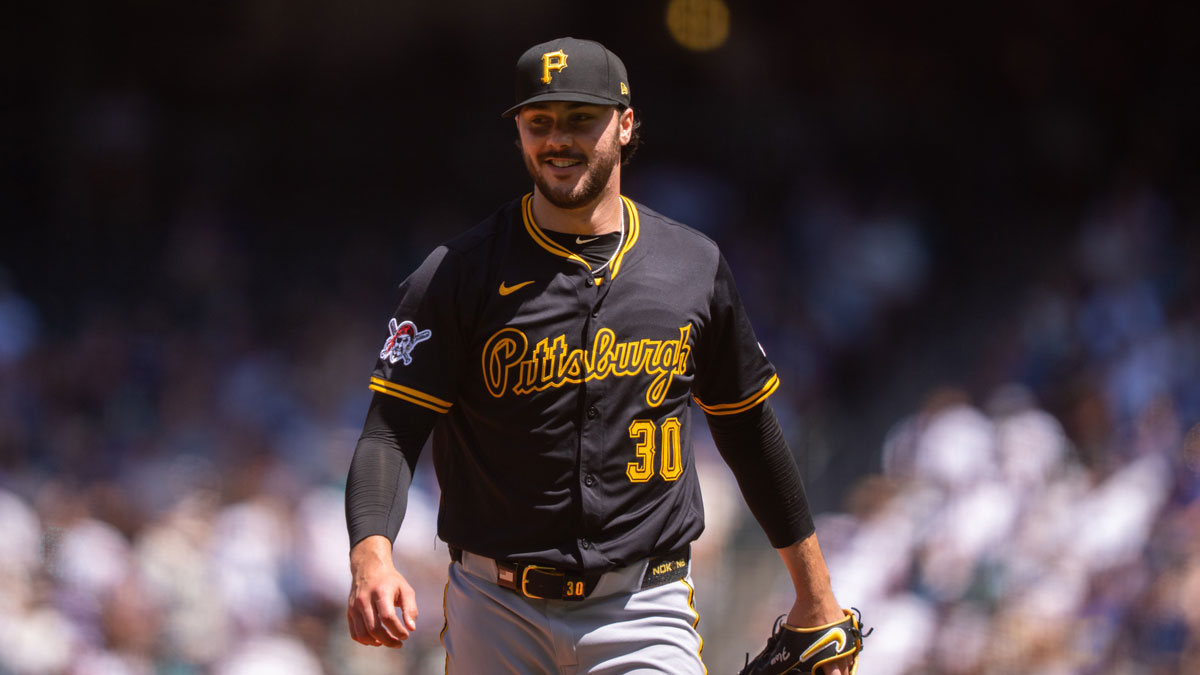When the Golden State Warriors took on the Oklahoma City Thunder last Tuesday night, the Thunder had been reeling from a four-game losing streak, including a bad home loss to the Lakers. But they also knew the last time they played the Warriors back in November, they had annihilated them.
So what is it about this OKC team that has enabled it to hang two of the 13 Warriors losses around their necks?
A quick glance at the stats gives us some insight into what happens when Warriors lose:
Not surprisingly, they shoot significantly worse from 3-point range in their losses, and their defensive rebounding drops as well. Interestingly, their opponent’s offensive rebounding doesn’t change between wins and losses, but their overall field goal percentage rises almost four points. The extra made baskets explain why there are less defensive rebounds to grab, and based on the small difference in 3-point percentage, teams are making a lot more baskets closer to the rim.
Let’s take a closer look at what the Thunder have done to lay out the blueprint for handling the Warriors. We have to look at physicality first. One of the best ways to negate a team with incredible skill and speed is to get into their body, impede their movement as much as possible, and hope the referees don’t call too many fouls.
Curry is the recipient of most of these bumps and holds and little shoves here and there, and because he’s dangerous shooter and the least imposing athlete on the floor, he’s the obvious target to abuse. But it isn’t limited to Curry. Everyone on the Warriors is subject to some amount of holding and grabbing and chest bumping, and this serves to throw Golden State’s rhythm and timing off just enough to disrupt what it likes to do on offense.
All the other things the Warriors’ opponents get in their losses is rooted in this notion of getting into their bodies and not letting them feel comfortable. Another layer of benefit is that without protection from the refs on these plays, they’re more than willing to engage with the referees and get technical fouls — which just further disrupts their rhythm, and changes the tenor of the game. Last Tuesday, the Warriors got five technical fouls, including one on Steve Kerr while Draymond was ejected, and in their first meeting, three more were called as the game quickly unraveled for them.
The next key is turnovers. The Warriors have traditionally struggled in this department, and when you combine that with lower 3-point shooting, this issue is too much to overcome. Often times, they’re just plain careless, turning surefire scoring opportunities into bad miscues. And I’m sure these plays drive Steve Kerr mad as they fail to value the possession by just throwing the ball away.
One thing he knows is that in theory, some of these turnovers will go away once the intensity of the playoff lights shine down on the court, but there’s always the possibility they’ll rear their ugly head.
The Thunder have arguably the best wing defender in the NBA this year in Paul George, and he singlehandedly disrupted almost every non-scoring offensive possession the Warriors had on Tuesday. He is quick, long, fast, can jump, and possesses an off the charts defensive IQ — and this is one thing you’ll need to combat the many weapons the Warriors will throw at you. Most teams don’t have someone as capable as Paul George, and it’s what makes the Thunder uniquely qualified to beat the Warriors, since he can guard any of their Big 4 and shut them all down, plus quarterback the weakside, read the offense, and force turnovers that way.
The Thunder also have a team full of long athletes that just swarm the ball and force you to make the extra pass. Even without Roberson, they’ve got guys like Jerami Grant, Josh Huestis, and Terrance Ferguson who can all cover lots of ground and aren’t afraid to be aggressive in their ball pursuit.
This explains one of the biggest reasons for the Warriors losses: even the open 3-point shots they get aren’t so open when they know they’ve got to speed up the release a split second faster. Against normal teams, these are easy and open shots that swish through the net, but the binding speed with which the defenders cover guard, particularly when Melo isn’t on the floor, rushes the shooter just enough where those good looks roll around the rim, or bounce in and out.
The question is: how many teams have athletes like this that can swarm so well and cover ground as quickly in their close outs? The Raptors maybe… Um, Utah? Philly? Certainly not the Rockets and definitely not the Cavaliers.
Not to be overlooked, Steven Adams has also been instrumental with his interior defense — his athletic ability is often underrated, he’s got great hands, is one of the toughest guys in the NBA, and understands positioning as well as any big man. He has been able to patrol the rim and be the last line of defense and if you want to beat Golden State, you’re going to need someone just like him because chances are, your first line of defense will get penetrated early and often.
If you want to beat the Warriors, you’re going to have to score points and shoot pretty well from 3-point land. In all of their losses, the opponent has come close to matching them, or exceeding them, in 3-point makes, with the lone exception being the Kings game, but neither Curry nor Durant played in that game. At any moment, the Warriors can catch fire, and get them in bunches, so you’re going to need to keep pace from behind the arc if you want even a chance at beating them. Remember, a lot of their issues like giving up offensive rebounds or turning it over are mitigated by bombing from 3-point land, and the more three’s they make than the opponent, the less turnovers and rebounds matter to them.
As an extension of being physical with Curry, you also need to make him guard. Curry is a very good defender, but the least physically imposing member of the team, so it’s natural to put an elite defender in Klay Thompson on the primary perimeter threat, but that leaves Curry vulnerable to mismatches, and Billy Donovan did a fantastic coaching job with by putting lineups out there that forced Curry to guard much bigger and stronger players — a situation no point guard could be expected to do well in. This also makes him susceptible to foul trouble, which is an added bonus.
So there you have it, sports fans. The Warriors look a bit vulnerable this year as their depth hasn’t been as good in years past. The Super Death lineup with Draymond at center and Andre Iguodala on the floor was a plus-23.9 last year. This year? It’s only plus-2.3 — a staggering drop and indicative of how ineffective Iguodala has been.
Even the starting lineup that was so dominant last year is a net 11 points lower this year — leaving much less margin for error.
Are the Warriors bored? Sure. Are they in the midst of a 4-year straight Finals run and it’s February? Double true. While no one thinks the Cavaliers can flip that switch again like they always do, it seems certain that the Warriors have that switch and even if their opponent follows the Thunder’s blue print to a T, it might not even matter once the intensity of the playoff lens puts them into focus.

